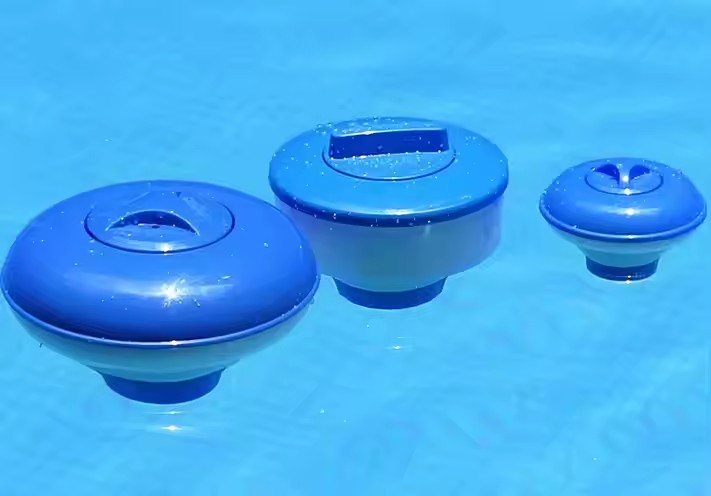In the realm of water purification, sand filtration technology has stood the test of time, consistently serving as a fundamental method for removing impurities from water. As manufacturers, we are not only witnesses to its enduring relevance but also pioneers at the forefront of its evolution. This article delves into the latest advancements in sand filtration technology and offers predictions on innovative transformations that may shape its future.

Current Advancements in Sand Filtration Technology
Recent years have witnessed significant strides in enhancing the efficiency and effectiveness of sand filtration systems. Among these advancements, the development of more refined and uniform sand grains stands out. These specialized grains are engineered to increase surface area and porosity, which significantly boosts the filtration capacity and reduces the frequency of backwashing, thereby saving water and energy.
Another notable innovation is the integration of smart technology into sand filtration systems. Sensors and IoT (Internet of Things) connectivity now allow for real-time monitoring of filter performance, water quality, and system health. This advancement not only optimizes maintenance schedules but also ensures consistent water quality, highlighting our commitment to sustainability and efficiency.
Innovative Materials and Techniques
Exploring materials beyond traditional sand has led to the emergence of alternative media with superior filtration properties. For instance, the use of glass media, derived from recycled glass, offers finer filtration down to micrometer levels. Additionally, the incorporation of biochar, a product of biomass pyrolysis, into sand filters has shown promise in enhancing the removal of organic compounds, owing to its high surface area and adsorption capacity.
Biological sand filters, or biosand filters, represent a fusion of mechanical and biological processes. These systems not only trap particulates but also foster a biofilm layer where beneficial bacteria can degrade contaminants. This biodegradation aspect introduces a sustainable and natural purification method, especially effective in removing pathogens and organic pollutants.
The Future of Sand Filtration Technology
Looking forward, the future of sand filtration technology appears vibrant with potential. Nanotechnology presents a frontier ripe for exploration, with the potential to develop nano-engineered sand particles designed to target specific contaminants with high precision. Such advancements could revolutionize the selectivity and efficiency of sand filtration, making it a more potent solution for a wider range of pollutants.
The evolution towards more sustainable and energy-efficient systems is also on the horizon. Passive sand filtration systems, which leverage gravity instead of energy-intensive pumps, could see increased adoption, particularly in areas striving for green and cost-effective water treatment solutions.
Moreover, the integration of artificial intelligence (AI) and machine learning (ML) with sand filtration technology could usher in a new era of predictive maintenance and operational optimization. By analyzing data patterns, AI could predict system failures or maintenance needs before they occur, minimizing downtime and extending the lifespan of the filtration system.
Conclusion
As a manufacturer, our foresight into the evolving landscape of sand filtration technology is grounded in a commitment to innovation and sustainability. The advancements we’ve discussed illuminate the path toward more efficient, sustainable, and intelligent water purification systems. While the core principle of sand filtration remains unchanged, these innovations and future trends promise to enhance its applicability, efficiency, and environmental footprint. In embracing these changes, we are not just adapting to the future; we are actively shaping it, ensuring that sand filtration technology continues to play a pivotal role in global water purification efforts.


